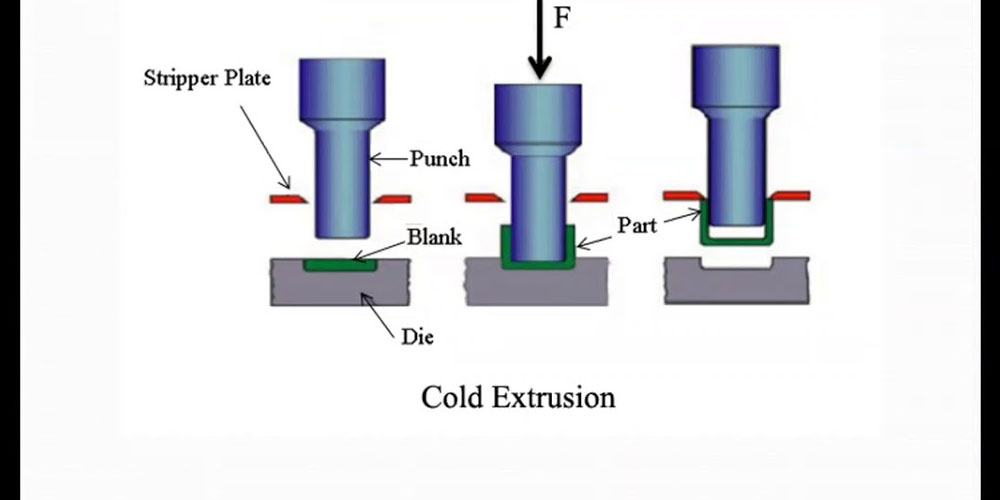In the world of metalworking processes, it is possible to shape a bar of metal by inserting it into a die and squeezing it with a second closed die. Ideally, this happens at room temperature and below the metal’s recrystallization temperature. The result is a metal efficiently forged into the desired shape and with the right configuration settings. Through cold forging, one can efficiently and rapidly produce many parts and components at a low cost. The forging process can take three forms, which include cold, warm, or hot. Also known as cold extrusion, cold forging requires fewer steps compared to other forging techniques. It requires no medium-frequency induction heating, making it much cheaper. Let’s focus on the history of cold extrusion.
The exciting history of cold extrusion
As the Second World War drew close, German engineers envisioned a rapid process to craft artillery shells and other war effort ordinances. At the end of the war, American firms quickly adopted the idea of producing shells. However, with time, the firms realized the fantastic potential cost-cutting benefits of the process when applied to good consumer production.
By the ’50s, truck and car manufacturers used cold extrusion to produce automotive parts, including spark plug bodies and brake light receptacles. The new cold extrusion process could get efficiently applied to manufacture any symmetrical component in large quantity. By 1969, more than 500,000 metric tons of steel components were crafted using cold forging.
The 1970’s energy crisis forced researchers to work hard to minimize energy expenditure during the cold extrusion process. They also made material consumption more efficient by eliminating machining processes. However, challenges such as noise levels and environmental pollution have become more prevalent. Engineers have turned to hydraulics to solve some of the most potent problems in cold extrusion processes.
Recent technology leans more towards closed die forging, as well as steels crafted specifically for cold forming. The closed-die forging method makes very efficient use of material, with many constituent processes containing no flash and eliminating the need for highly skilled workers. In the future, cold extrusion techniques will generate new alloy designs that minimize tooling and maintenance costs.
Materials used in cold forging
It is essential to know that both non-ferrous and ferrous metals can be used in cold forging in metalworking. How well these materials can get forged and the level of possible deformation depends on the metal’s chemical composition and its annealed grade properties.
The formability of a metal depends on ductility, hardness, and other similar properties. However, note that the mechanical properties of a metal are enhanced through cold forming procedures. The size of grain in the metal is also a critical factor. Coarse-grained steels are much easier to cold-extrude, but metals containing more refined grains are harder to work on. The most popular metals used in cold extrusion include carbon steel, copper, aluminum, brass/bronze, and alloy steel.
Conclusion
Metal forming processes include cold extrusion. This is a metal forming process that includes minimal steps and is implemented at room temperature. The advantages of cold extrusion include high energy savings, high-quality surface finishes, material savings, and near-net finishes production.

